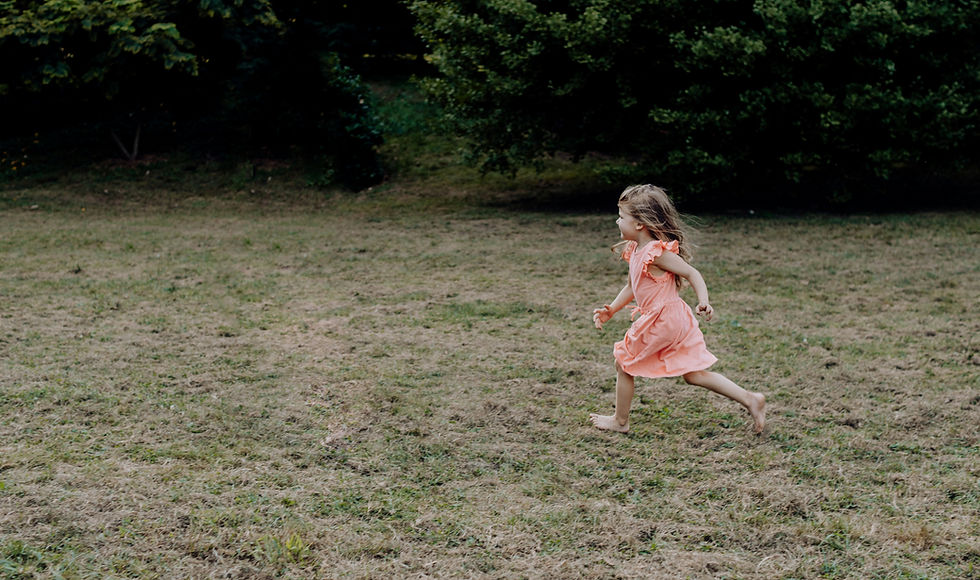Understanding Blocked Care
- The Grove Psychology Practice

- Feb 22
- 2 min read
Updated: Sep 19
A nervous system response, not a failure of love
Sometimes caring for a child feels harder than expected. You might find yourself going through the motions, feeling emotionally flat, or reacting in ways that don’t reflect how much you love your child. You may feel disconnected, guilty, or wonder if you’re “not the parent you want to be.” If this resonates, you’re not alone—and what you’re experiencing has a name.

Blocked care is a recognised and reversible state that occurs when a caregiver’s nervous system becomes overwhelmed. It doesn’t mean you don’t love your child. It means your system has been under strain for too long and has shifted into protection mode.
You might notice emotional flatness, irritability, resentment, or guilt. You may feel like your efforts don’t “land” or that you’ve lost the joy you once felt. These are not failures of love—they’re signs of nervous system overload.
Blocked care often develops when caregiving feels one-sided or unsupported: in the context of trauma, grief, isolation, burnout, or parenting children whose cues are subtle, different, or difficult to interpret. It can be compounded by a parent’s own history of trauma or unmet needs.
Neuroscience and polyvagal theory (a way of understanding how our nervous system moves between connection and protection) help explain this: when stress is prolonged, the brain shifts away from connection and toward survival. The amygdala becomes more reactive, the prefrontal cortex (which supports empathy and reflection) less accessible, and bonding systems like oxytocin quieter. Caregivers may move between anxiety, shutdown, and brief moments of connection—making it hard to stay present and attuned.
The good news is that blocked care can shift. Supportive steps include:
Regulation practices – breathing, grounding, movement, nature, music, or rest
Reflecting without blame – asking what feels hard, what support is missing, or where your efforts aren’t landing
Gentle reconnection – low-pressure moments of presence, humour, or shared activity
Seeking support – reflective parenting spaces, therapy, or peer connection
Blocked care is not a flaw in you or your child—it’s a signal. With awareness, compassion, and support, safety and connection can return.
Further Reading
Blocked care can feel confusing and discouraging. The Australian Childhood Foundation offers an overview of the Five Parenting Systems, based on the work of Dan Hughes and Jon Baylin, which shows how stress can interrupt our natural caregiving responses — and how they can be restored. Download the resource here:



